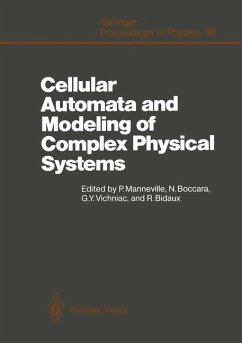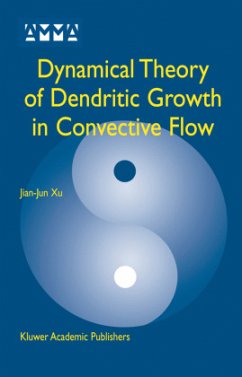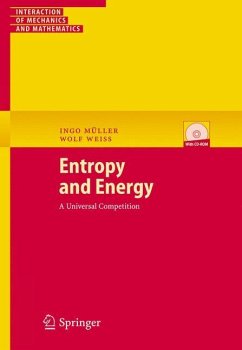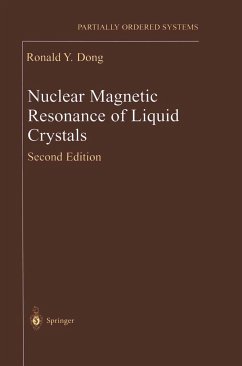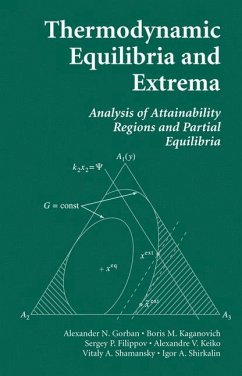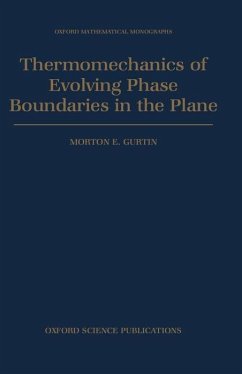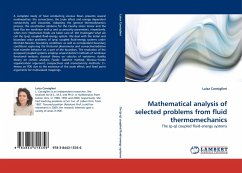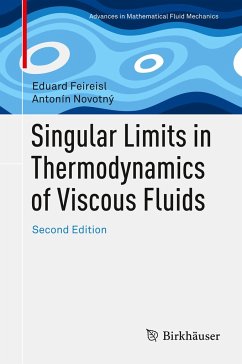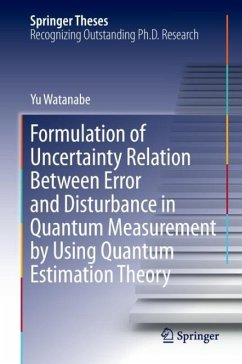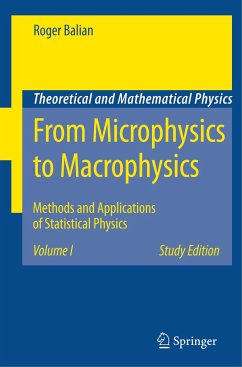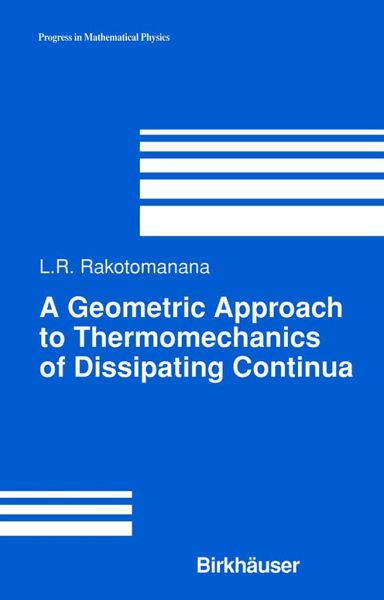
A Geometric Approach to Thermomechanics of Dissipating Continua
Versandkostenfrei!
Versandfertig in 1-2 Wochen
77,99 €
inkl. MwSt.
Weitere Ausgaben:

PAYBACK Punkte
39 °P sammeln!
This monograph focuses on the modeling of continua that exhibit the property of singularities in fields. A rational theory of continuum thermomechanics that takes into account the existence and distribution of scalar and vector discontinuities is presented. Guiding the work is the notion that discontinuities should be modeled by the torsion and curvature tensors (Cartan), thus forming an attractive alternative way of representing dissipating continua with singularities. Also emphasized in this study is the relationship between singularities and certain irreversible properties that occur in solid and fluid models. The required mathematical background is given in several appendices, although some basic understanding of differential geometry and tensor analysis would be helpful. The book is largely self-contained and should serve a readership of graduate students, researchers, and engineers in applied mathematics, mechanics, and physics.
Across the centuries, the development and growth of mathematical concepts have been strongly stimulated by the needs of mechanics. Vector algebra was developed to describe the equilibrium of force systems and originated from Stevin's experiments (1548-1620). Vector analysis was then introduced to study velocity fields and force fields. Classical dynamics required the differential calculus developed by Newton (1687). Nevertheless, the concept of particle acceleration was the starting point for introducing a structured spacetime. Instantaneous velocity involved the set of particle positions in space. Vector algebra theory was not sufficient to compare the different velocities of a particle in the course of time. There was a need to (parallel) transport these velocities at a single point before any vector algebraic operation. The appropriate mathematical structure for this transport was the connection. I The Euclidean connection derived from the metric tensor of the referential bodywas the only connection used in mechanics for over two centuries. Then, major steps in the evolution of spacetime concepts were made by Einstein in 1905 (special relativity) and 1915 (general relativity) by using Riemannian connection. Slightly later, nonrelativistic spacetime which includes the main features of general relativity I It took about one and a half centuries for connection theory to be accepted as an independent theory in mathematics. Major steps for the connection concept are attributed to a series of findings: Riemann 1854, Christoffel 1869, Ricci 1888, Levi-Civita 1917, WeyJ 1918, Cartan 1923, Eshermann 1950.





